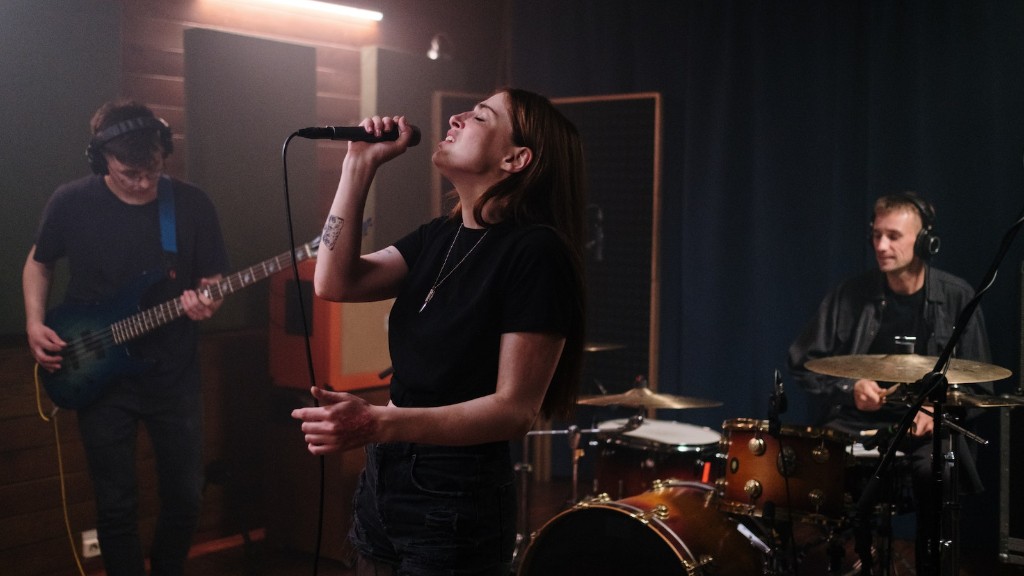Most people know how to draw in two dimensions, but drawing in 3D takes skill and imagination. It might seem intimidating, but with some perseverance and a few helpful tips, you can easily draw in three dimensions.
Start by understanding the basics. You’ll need to become familiar with the basic shapes: cube, cone, cylinder, and pyramid. You’ll also need to understand how things like perspective and shadows affect your drawing. A basic understanding of light and form will also be essential. Gaining a strong foundation of these concepts is the first step in creating realistic 3D drawings.
Once you grasp the basics, get creative! Brainstorming ideas for your drawings can help you come up with unique and interesting illustrations. Then take your ideas and practice sketching them as you would in two dimensions. As you sketch, visualize the shape as if you were looking at it in 3D – this can help you create the illusion of depth. Make sure you take time to refine and refine your sketch until you’re happy with the end result.
Next, it’s time to add the details. Using materials like pencils, pens, or markers and various paper textures, you can add shading, highlights, and texture to your drawings and make them come alive. Pay attention to the lighting and shadows as you add details, it helps to give your drawings a more realistic appearance. Also, don’t be afraid to add details that can’t be seen, as this can really help give life to your drawings.
When you’re finished, step back and admire the work you’ve done. A 3D drawing is an impressive and unique way to express yourself. With practice, your drawings will become more and more lifelike and you’ll be creating incredible images in no time!
When creating 3D drawings, it’s important to take your time and really consider the form and structure of your drawing. Think about how the light interacts with the object, particularly when creating shadows and highlights. Pulling back to look at the overall form of your drawing can be a great way to ensure your drawing looks realistic and finished.
Once you have a solid basis of the basics, it’s time to experiment and try out different techniques and textures. Try combining different media such as pencils, marker, and colored pencils to create beautiful, multi-textured drawings. By playing around with different materials, you can find the perfect combination to create the exact look you are going for.
Finally, learning how to draw in 3D can open up a whole new world of creativity and expression. Keep practicing and refining your skills and before you know it, you’ll be creating works of art that look like they’re from the future.
Start using tools like rulers and protractors to create perfect lines and shapes. With the use of these tools, you can construct more complex forms and make sure that everything lines up perfectly for a realistic 3D effect.
Once you understand the effects of light and how it interacts with the shape, you can begin to add texture and color. By using techniques such as hatching, cross-hatching and outlining, you can add interest and depth to your drawings. Gradients of shading can also add an extra realism to the drawing.
Creating 3D drawings takes time and practice, but is well worth the effort. You’ll be able to create an incredible array of works with stunning realism. Keep challenging yourself and you’ll be surprised at what you can discover!

